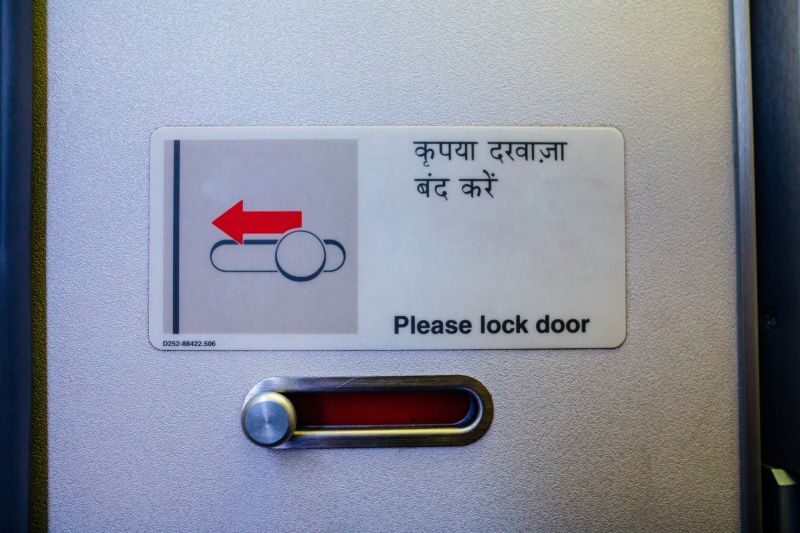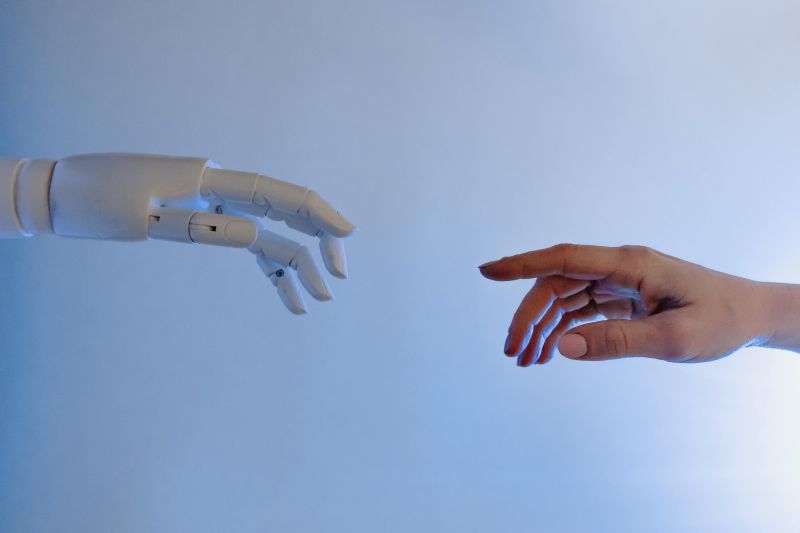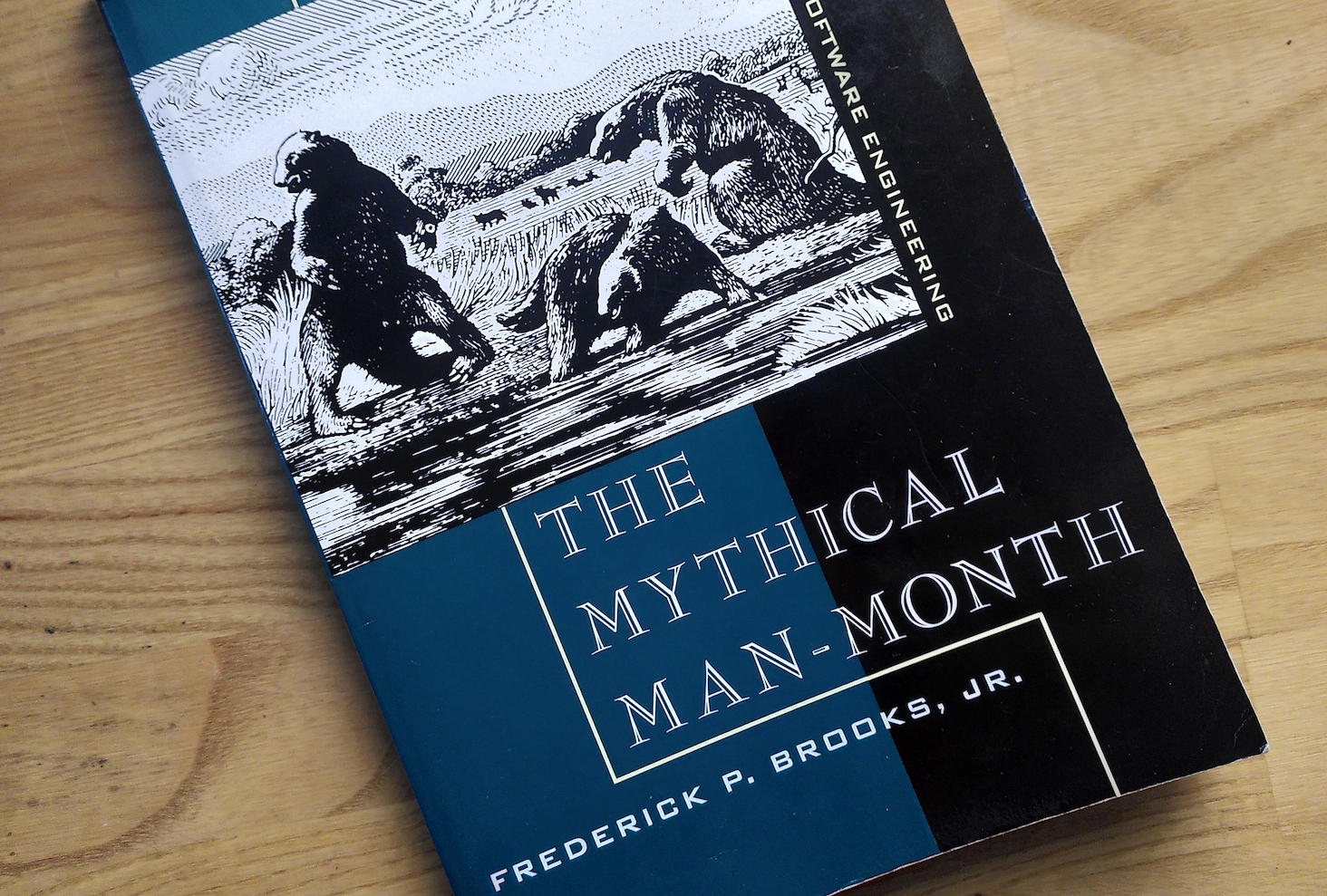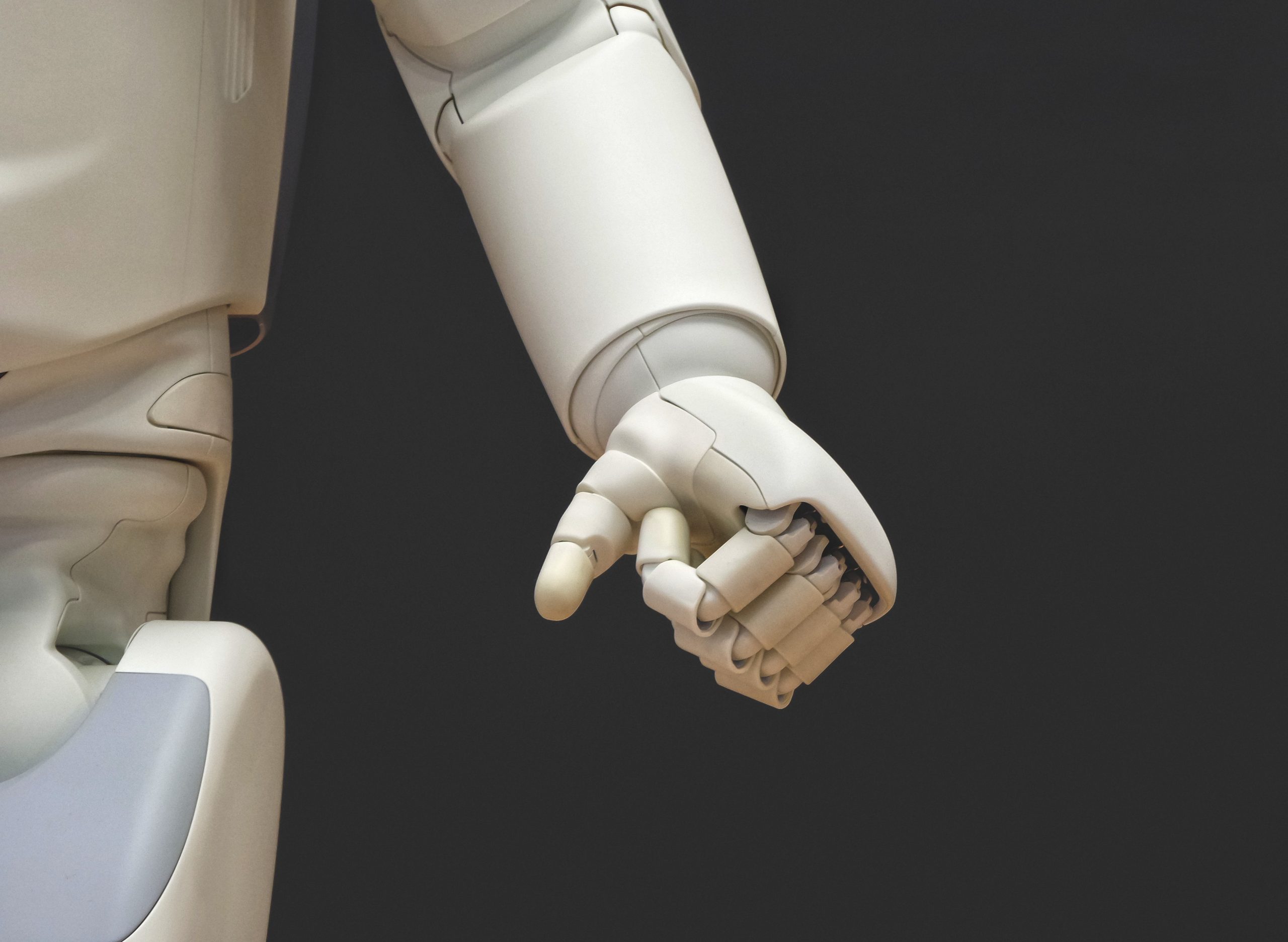Business knowledge is more valuable than technical skill. I see again and again that organizations get rid of experienced IT people because they don’t have the latest buzzwords on their CVs. They are replaced with offshore resources or eager young things who tick all the boxes and cost less.
That is a misguided strategy. It takes a long time to accumulate business knowledge because it is not, and cannot be, taught. Someone who has been in the organization for years knows how the business works. That gives them context to interpret requirements and build software that matches how the business really works. A new hire without that knowledge can only build what is written in the spec, which rarely matches what the business needs.
Your technology changes much faster than your business. If you keep hiring new people every time you decide to switch to the latest and greatest technology (AI, anyone?), your people will never have more than 2 or 3 years of business knowledge.
If you need to change technology, it is a much better approach to hire one expert on the new tech and have that person teach your experienced employees. Don’t throw away decades of experience. You’ll miss it when it’s gone.







